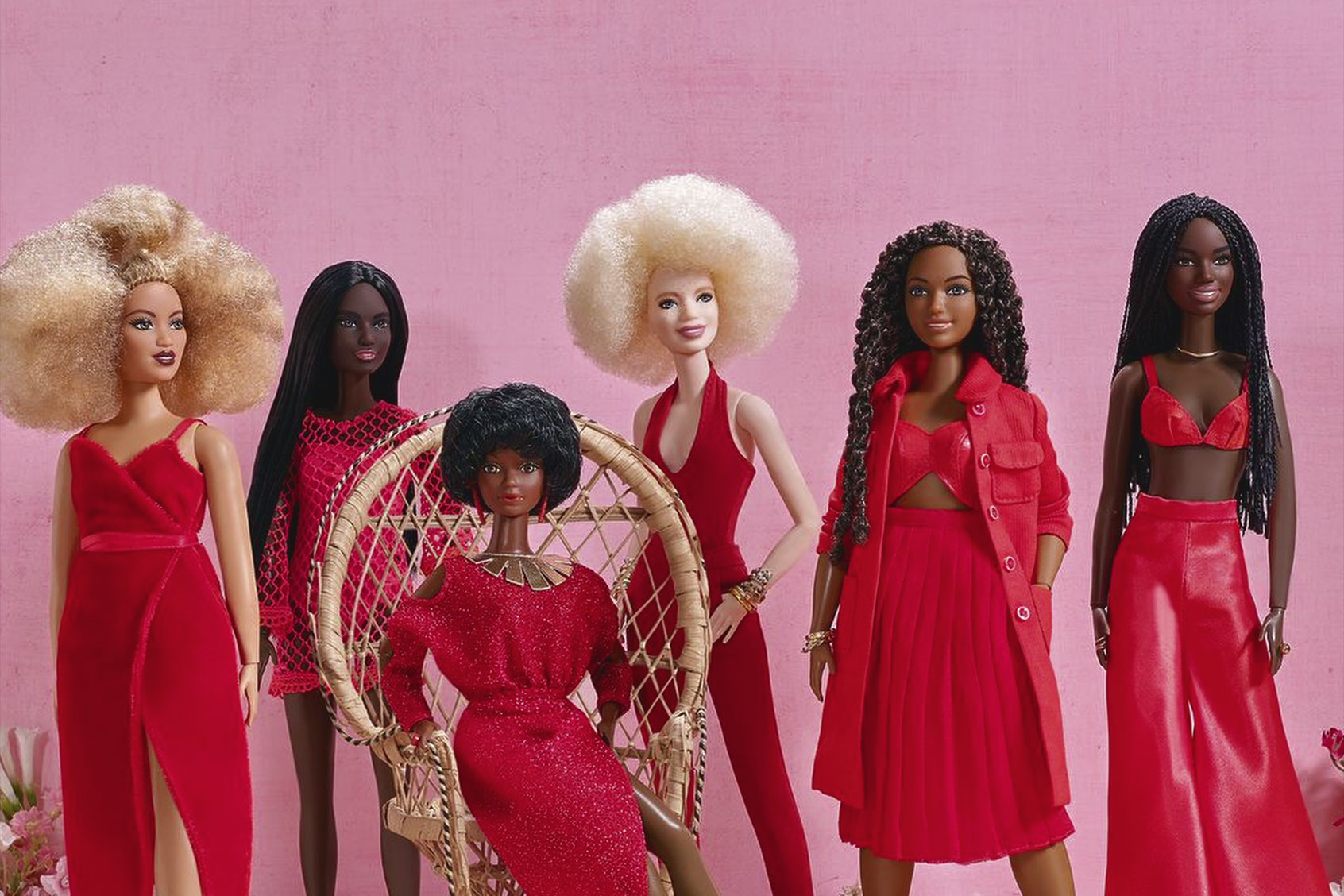Barbie is everything. She's everywhere. She's in a box-office billion-dollar smash hit directed by Greta Gerwig.
However, despite all her success — especially in recent years — the one question always brought up is if Barbie is regressive to feminism and to the young girls who play with her. Sometimes this question is brought up as a way to highlight the long-standing image of whiteness that Barbie has represented in the past. But "Black Barbie," Netflix's Shonda Rhimes-produced documentary directed by Lagueria Davis, answers the burning questions by taking audiences all the way back to the inception of Barbie and, most importantly, the inception of Black Barbie.
Through the creation of Black Barbie, Black women in the toy industry were able to change history, create a new generation of Barbie fans and pave the way for new, inclusive versions of Barbie that couldn't have existed in years past. These young children who never really were able to see themselves in their toys finally had something that represented their lives and conveyed that they were just as valuable and important as their white counterparts.
Here are six of the most interesting details from the historic makings of the Black Barbie in the documentary:
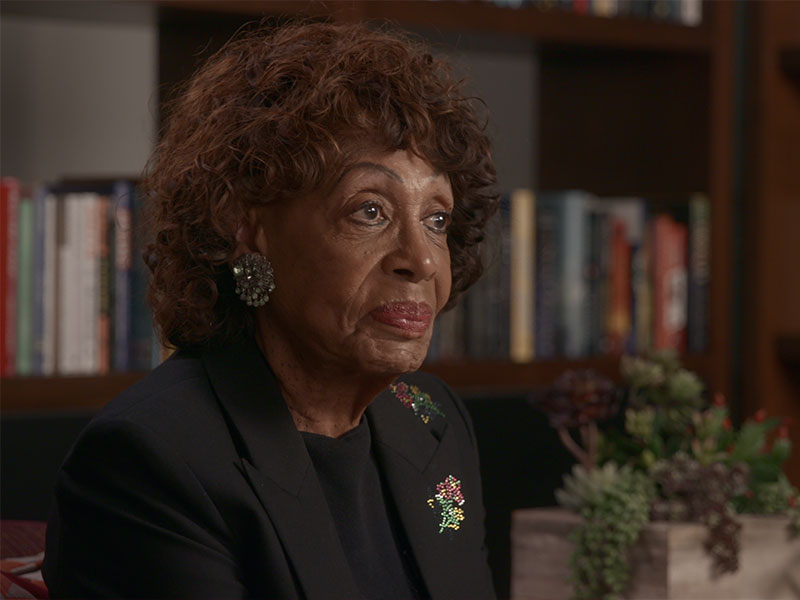 Black Barbie (Netflix)
Black Barbie (Netflix)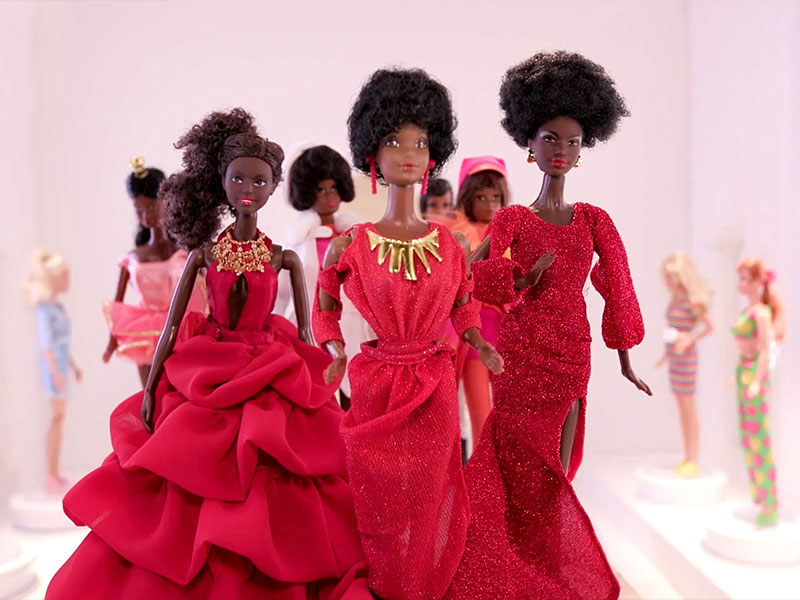 Black Barbie (Netflix)
Black Barbie (Netflix)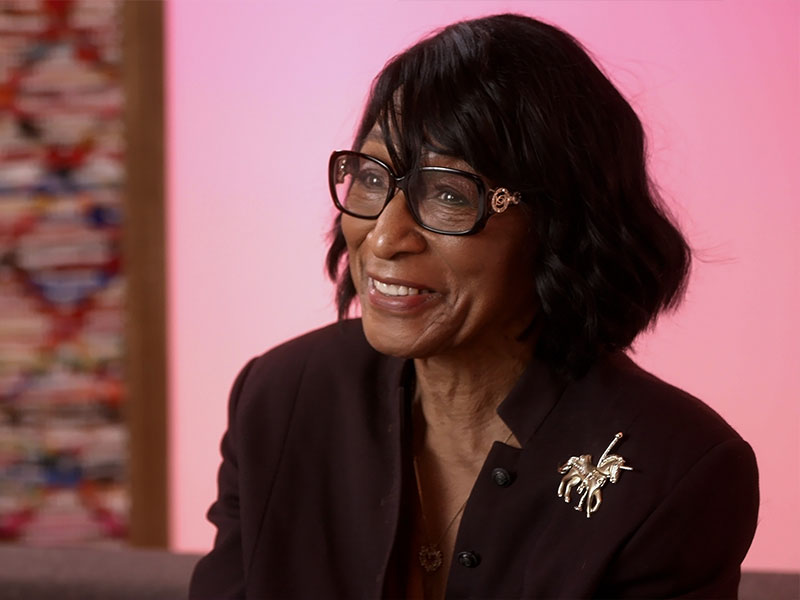 Black Barbie (Netflix)
Black Barbie (Netflix)Kitty Black Perkins designed the first Black Barbie at Mattel
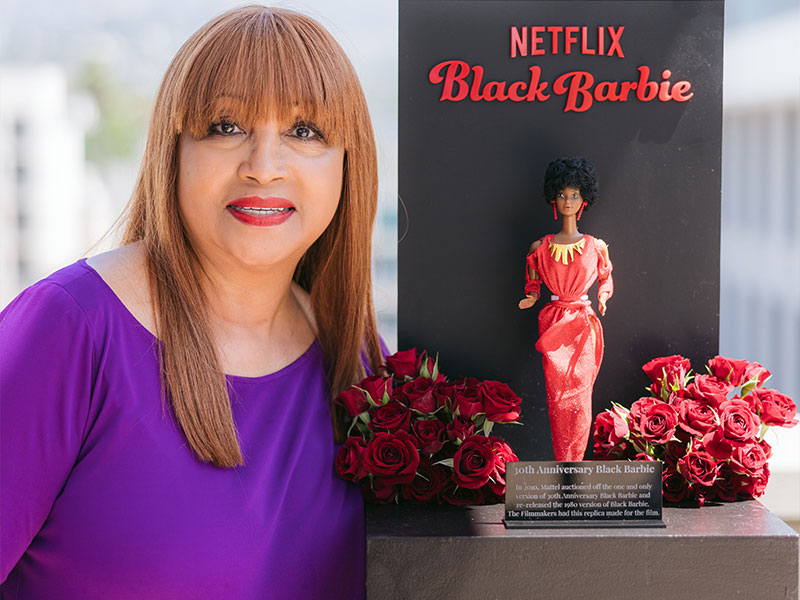 Black Barbie (Netflix)
Black Barbie (Netflix)Black Barbie finally gave representation to young children who craved it
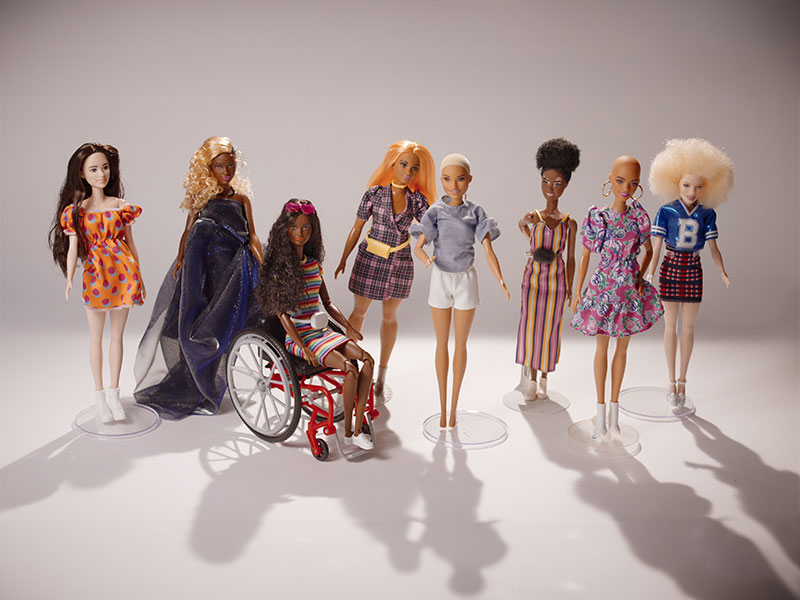 Black Barbie (Netflix)
Black Barbie (Netflix)It took 21 years for Black Barbie to come to fruition
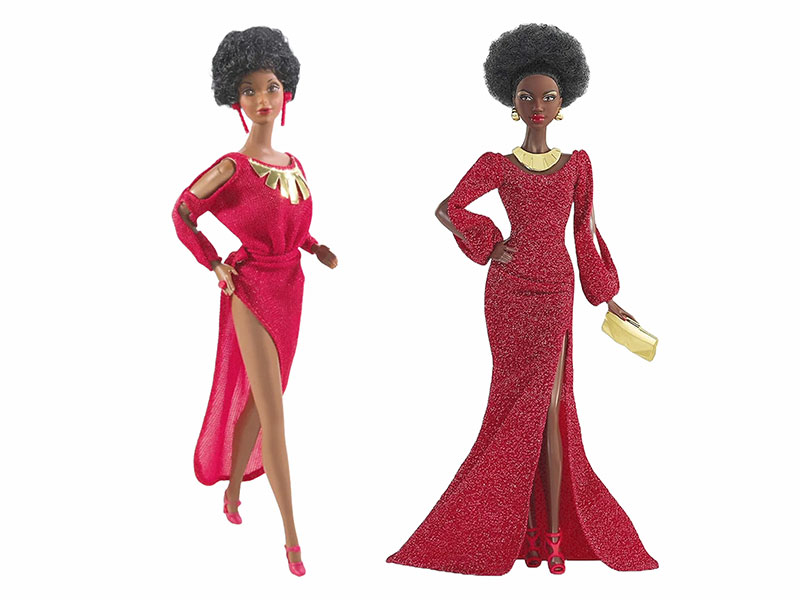 Black Barbie (Netflix)
Black Barbie (Netflix)"Black Barbie" is now available to stream on Netflix
Read more
about this Barbie
